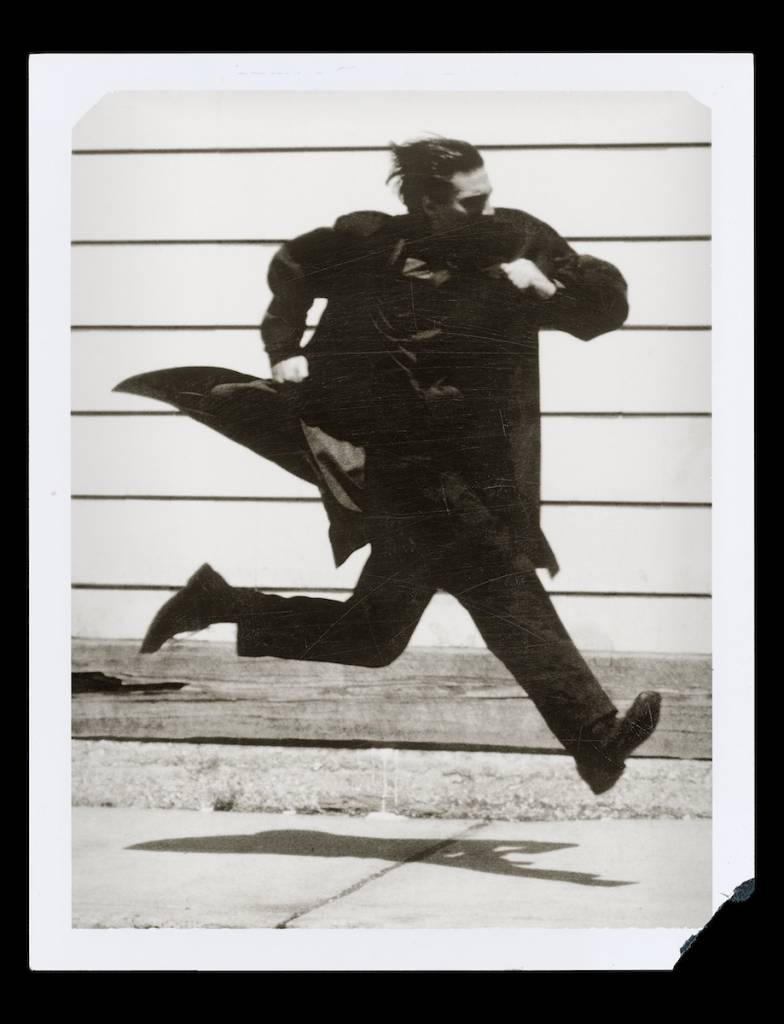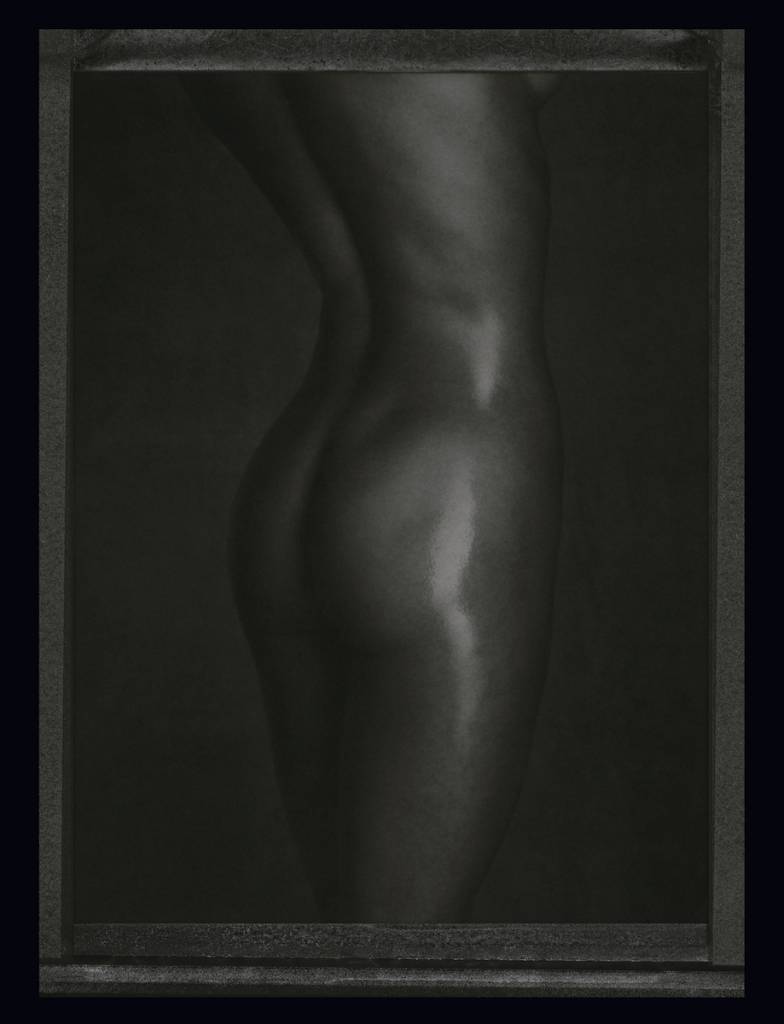“There needs to be some art of photography here. And that’s… that’s what you need to look for. It’s like finding a needle in a haystack. It’s the art of photography that you’re looking for and that’s always a mystery. It’s always under a leaf somewhere” – Albert Watson
Albert Watson’s ‘Roids! project features Polaroids scanned at high resolution and enlarged to 2.5 metres tall. If creativity is a merging of ideas, Watson (perhaps most famous for those Kate Moss nudes) has created a new medium by blending old and new innovative technologies. The result is a composite blend of the tangible and the digital.
The world’s first Polaroid was sold in 1947. Polaroid’s founder Edwin Land knew he had a winner – a new form for human communication. Land told Polaroid employees in a missive dated December 23, 1942:
“If you dream of something worth doing and then simply go to work on it and don’t think anything of personalities, or emotional conflicts, or of money, or of family distractions; if you just think of, detail by detail, what you have to do next, it is a wonderful dream even if the end is a long way off, for there are about five thousand steps to be taken before we realize it; and start making the first ten, and stay making twenty after, it is amazing how quickly you get through those five thousand steps.”
By the 1970s, a billion Polaroid photographs were being created every year. Now they are all but obsolete, overtaken by digital cameras, USB joints and memory cards. But the Polaroid device and those square white-framed photos that appear as if by magic, wet and ready to be wafted into life, hold a deep nostalgic charm.
Christopher Bonanos notes in Instant: The Story of Polaroid:
A polarizer is a unique type of filter, and its properties are best explained with an oversimplification that Land himself often used. Waves of light, as they come at you, vibrate in every plane, vertically, horizontally, and at all angles in between. Certain crystal structures can function as gratings, allowing through light that vibrates in just one plane. If you picture the beam of light as a handful of thrown straws, oriented in every direction, the polarizing filter is a picket fence. The only straws that come through are the ones that align with the slots between pickets. Sunlight is also polarized when it bounces off a flat, nonmetallic surface, like a lake or the roadway in front of you, causing glare. Adding a polarizing layer to sunglasses blocks light vibrating in that one plane, wiping out the glare and helping drivers see the road or fishermen spot trout beneath the surface of a stream. Photographers, too, use polarizing filters to even out lighting.
Albert Watson’s Roids! take us closer. We get to look again.
See these and more at the Christophe Guye Gallery in Zurich.
Would you like to support Flashbak?
Please consider making a donation to our site. We don't want to rely on ads to bring you the best of visual culture. You can also support us by signing up to our Mailing List. And you can also follow us on Facebook, Instagram and Twitter. For great art and culture delivered to your door, visit our shop.


















